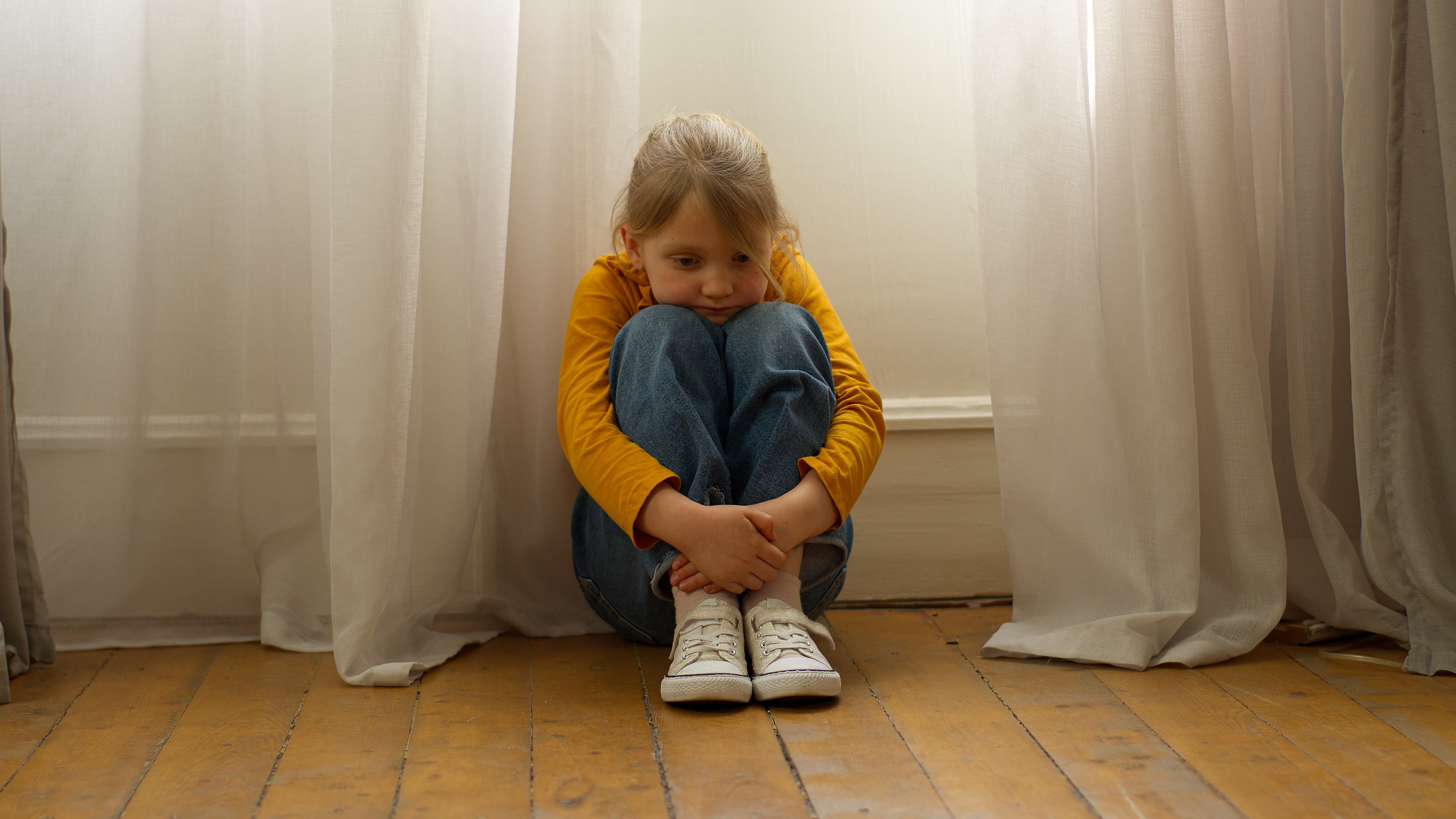Suicide is a significant public health issue that demands a robust and coordinated response. Youth suicide, in particular, has become a growing concern worldwide. Contrary to common assumptions, suicide is not confined to high-income countries but is a phenomenon affecting all regions. In 2021, nearly three-quarters (73%) of global suicides occurred in low- and middle-income countries.
Who Is at Risk?
The connection between suicide, mental health disorders (such as depression and alcohol use disorders), and previous suicide attempts is well-documented, particularly in high-income countries. However, many suicides occur impulsively during moments of crisis, often triggered by an inability to cope with life’s stresses. These may include financial problems, relationship difficulties, or chronic pain and illness.
Experiencing conflict, disaster, violence, abuse, or a sense of isolation is also strongly linked to suicidal behavior. Vulnerable groups, such as refugees and migrants, indigenous peoples, LGBTI individuals, and prisoners, face disproportionately high suicide rates due to the discrimination and hardships they endure.
The Youngest Are Not Spared
Globally, over 720,000 people die by suicide annually, making it the third leading cause of death among individuals aged 15–29. Preteens – children aged 8 to 12 – are also affected by suicidal behavior. Research from the National Institutes of Health (NIH) shows that preteen suicide rates have been rising by approximately 8% per year since 2008.
The data found that female preteens have experienced a disproportionate increase in suicide rates compared to their male counterparts. Between 2001 and 2007, suicide was the 11th leading cause of death among female preteens, but this rose to the 5th leading cause between 2008 and 2022. Among male preteens, suicide consistently ranked as the 5th leading cause of death over the same period.
Racial and ethnic disparities also emerge in these findings, with Black preteens exhibiting the highest overall suicide rates, while Hispanic preteens saw the greatest percentage increase. These statistics highlight the urgent need for deeper insights into suicide risks within racial and ethnic subgroups, including multiracial children, the fastest-growing racial demographic in the US.
In Japan, although the overall suicide rate has declined following the implementation of the Basic Act on Suicide Countermeasures in 2006, suicide remains the leading cause of death among teenagers. A recent study by Yuka Nishina et al. revealed a rise in suicide rates among Japanese preteens, reflecting trends observed in the US. Notably, the increase was more pronounced among female preteens, contrasting with the general pattern of higher suicide rates among males. This age group also exhibited a higher proportion of suicides compared to the general population, possibly indicating more impulsive decision-making.
Breaking Stigma and Taboo
Stigma surrounding mental health disorders and suicide remains a significant barrier to prevention. Many individuals contemplating or attempting suicide do not seek help due to fear, shame, or lack of understanding. This prevents them from accessing the support they need.
In many societies, suicide remains a taboo subject, with limited awareness of its impact as a public health problem. As a result, suicide prevention has not been adequately prioritized. Currently, only a small number of countries have integrated suicide prevention into their national health agendas, and just 38 reports having a dedicated suicide prevention strategy.
A Call to Action
Preventing suicide requires coordinated efforts across multiple sectors, including healthcare, education, labor, agriculture, business, justice, law, defense, politics, and the media. These efforts must be comprehensive and integrated to address the multifaceted nature of suicide. Community awareness campaigns and initiatives to break the stigma surrounding mental health and suicide are also critical making meaningful progress.
The urgency to act has been recognized globally, with suicide prevention highlighted in the United Nations’ Sustainable Development Goals as the only mental health indicator. It is also prioritized in the WHO’s General Program of Work and the Comprehensive Mental Health Action Plan 2013–2030.
By addressing suicide as a public health priority, raising awareness, and implementing effective prevention strategies, we can work towards reducing the devastating impact of suicide on individuals, families, and communities worldwide.
Veronique Ropion, MD
Director of Business Strategy, Marketing & Corporate Communication, Pharmalys Ltd
Sources:
– Nishina Y. et al. Characteristics of Preteen Suicide in Japan. JAMA Network Open. 2025;8(1):e2455471. doi:10.1001/jamanetworkopen.2024.55471
– Ruch, DA, Horowitz, LM, Hughes, JL, Sarkisian, K., Luby, JL, Fontanella, CA, & Bridge, JA (2024). Suicide in US preteens aged 8 to 12 years, 2001-2022. JAMA Network Open.
– WHO 2024, August 29 – Suicide. https://www.who.int/news-room/fact-sheets/detail/suicide

